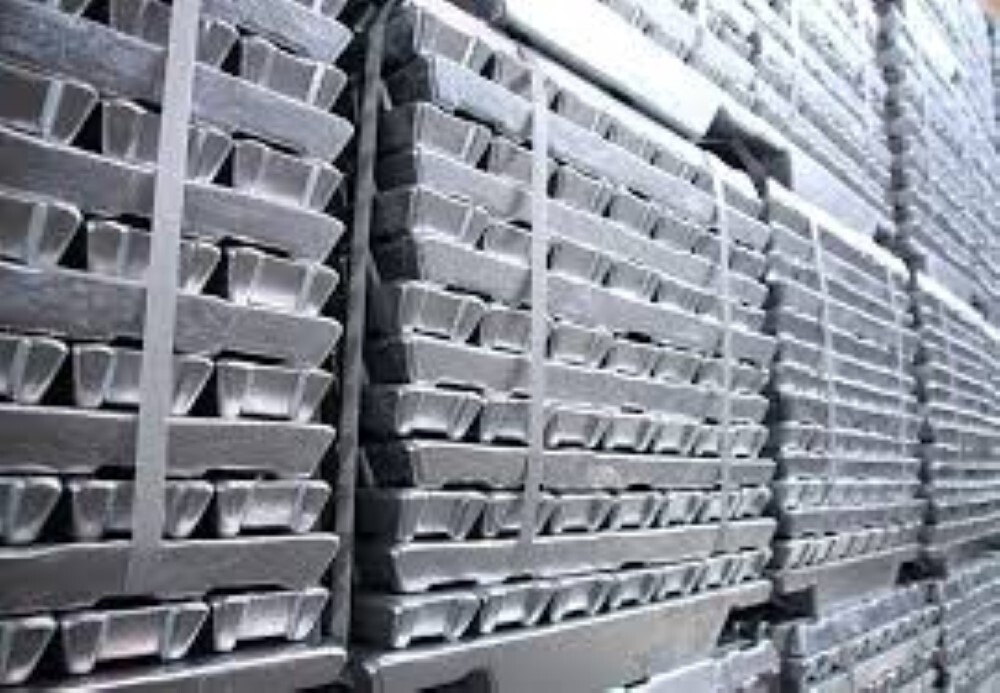

Japan’s aluminium market in mid-2025 reflects a mixed picture, with inventories steadily declining despite increased imports. The trend suggests a tightening supply environment, shaped by shifting trade flows, evolving demand patterns and broader economic dynamics.

As of July 2025, Marubeni Corp., a leading Japanese general trading house, reported that aluminium inventories across Japan's three key ports, Yokohama, Nagoya and Osaka, declined by 0.4 per cent to 315,400 tonnes.
The cause behind the sudden shift
The demand front
According to data from the Japan Aluminum Association (JAA), Japan's aluminium demand reached 895,100 tonnes in the first quarter of 2025, up by 1.4 per cent year-on-year. Domestic consumption rose by 1.3 per cent to nearly 860,000 tonnes, while exports recorded a more substantial gain of 4.6 per cent to 35,300 tonnes.
The transportation sector was the primary growth driver, with demand rising 3 per cent to 393,400 tonnes, representing almost 45 per cent of total consumption. The food sector also posted solid growth, up 5 per cent to 97,400 tonnes.
In contrast, the building and construction sector, the second-largest end-use segment, saw demand decline by 3.3 per cent to 87,500 tonnes, weighed down by a slowdown in new housing starts and weaker demand for housing-related aluminium products.
The import front
Responses








